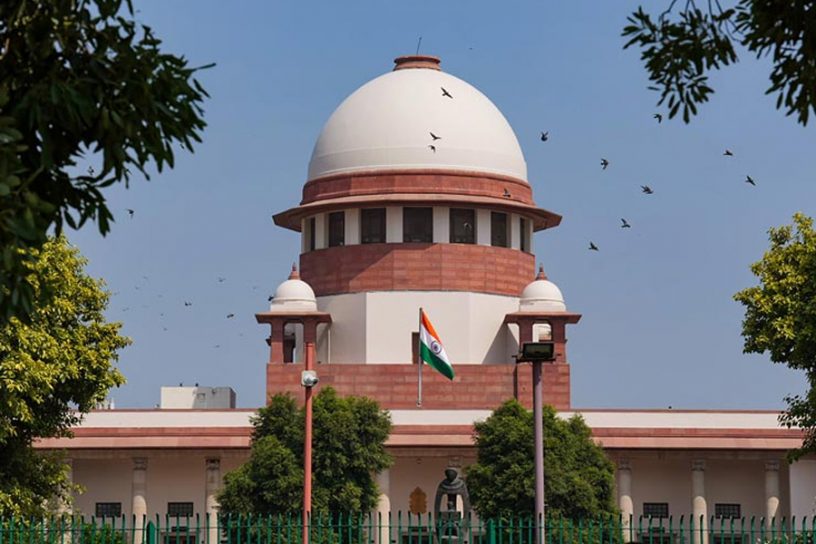
Through a critical examination of various feminist lenses, this paper highlights the systemic and implicit biases that lead to disproportionately low numbers of women judges.
Authors
Dipika Jain, Professor, Jindal Global Law School, O.P. Jindal Global University, Sonipat, Haryana, India.
Gita Mittal, Former Chief Justice, High Court of Jammu & Kashmir, India Former Judge, High Court of Delhi, India Chairperson, Broadcasting Content Complaints Council (BCCC), India.
Summary
Diversity is an inherent feature of democratic nations. However, in many democracies such as India, the judiciary does not reflect the rich diversity of the country. Most judges in the Supreme Court and High Courts in India are cis-gender, upper-caste men.
This homogenises the perspective on law and justice. Women judges and lawyers are faced with structural barriers such as gender stereotypes, discrimination, harassment, and insufficient institutional and infrastructural support.
Additionally, caste, class, sexuality, and religious identity are some factors that create multiple axes of oppression to contend with. Through a critical examination of various feminist lenses, we highlight the systemic and implicit biases that lead to disproportionately low numbers of women judges.
We then recommend institutional reforms that could facilitate the creation of a more diverse higher judiciary in India.
Published in: International Journal of Comparative and Applied Criminal Justice
To read the full article, please click here.


